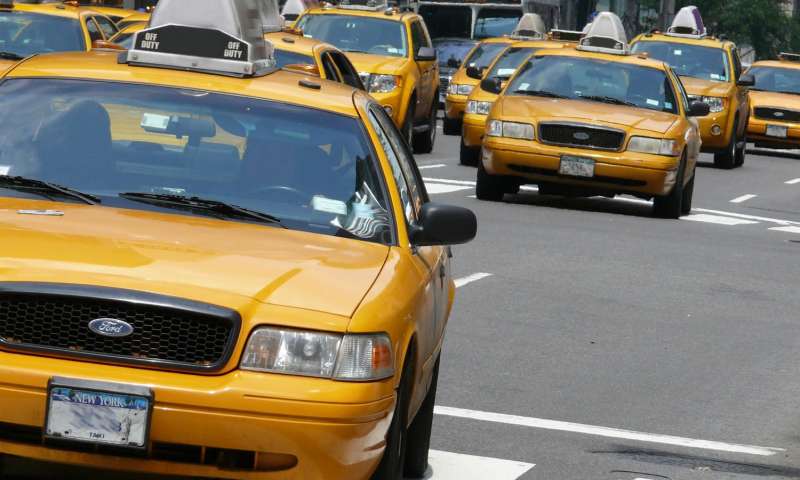
Summary:New York City Clean Air Taxi rules are successful in cutting emissions and reducing air pollution, according to a new study. Between 2009 and 2015, the legislation more than doubled the fuel efficiency of the fleet of 13,500 yellow taxis, leading to estimated declines in air pollution emissions.
New York City Clean Air Taxi rules are successful in cutting emissions and reducing air pollution, according to a new study by researchers at the Columbia University Mailman School of Public Health and Drexel University. Between 2009 and 2015, the legislation more than doubled the fuel efficiency of the fleet of 13,500 yellow taxis, leading to estimated declines in air pollution emissions. The findings are published in the Journal of Exposure Science and Environmental Epidemiology.
The scientists report that overall fuel efficiency of the medallion taxi fleet climbed from 15.7 to 33.1 MPG, and corresponding estimates of nitrous oxide and particulate exhaust emissions declined by 82 percent and 49 percent, respectively. They also found these emission reductions were associated with decreases in concentrations of pollutants in the city’s air.
Introduced in 2006, Clean Air Taxi legislation mandated that at least 9 percent of new medallions for yellow taxis be set aside for hybrid or compressed natural gas vehicles, and incentivized the purchase of low-emission taxis by extending the allowed period of models classified as “clean air” by the United States Environmental Protection Agency. Clean Air Taxi laws do not regulate the city’s 100,000 for-hire vehicles like Ubers and Lyfts which are governed by separate laws and regulations.
“The past decade has seen steady improvements in the quality of air in New York City, and clean-air taxis appear to be one contributing factor,” Dustin Fry, MPH, a researcher at Drexel University Dornsife School of Public Health. “This is good news for New Yorkers’ health since we know air pollution raises the risks of low birth weight and asthma in children.”
The researchers created maps to measure taxi traffic intensity across the city and used inspection and trip data to approximate taxi-related exhaust emissions of two major sources of air pollution: nitric oxide and particulate matter. They then used New York City Community Air Survey data collected at more than 100 monitoring sites across the city to estimate the impact of these changes.
The biggest effect was seen in Manhattan neighborhoods with a high density of yellow taxis — not in low-income and outer borough areas with elevated rates of respiratory illness. The authors say this finding suggests other policies are needed to make meaningful advances in improving respiratory health.
“This study provides evidence that air pollution legislation can have real impact,” says study co-author Frederica Perera, PhD, professor of Environmental Health Sciences and director of Translational Research at the Columbia Center for Children’s Environmental Health. “Even though overall, yellow taxis account for a small proportion of vehicular miles traveled on New York City’s streets, in midtown they account for almost half. Similar regulations targeting other vehicles could make an even bigger difference.”
More: Science Daily



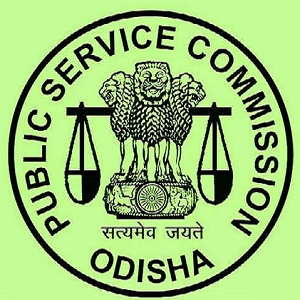
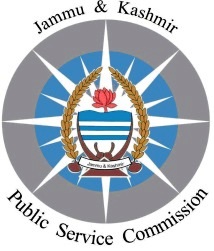
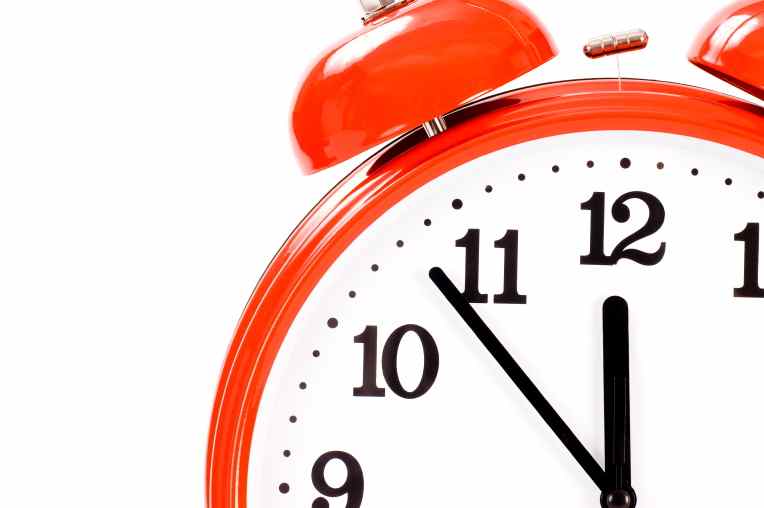
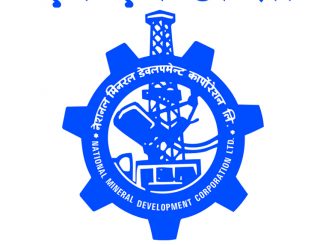
Leave a Reply
You must be logged in to post a comment.